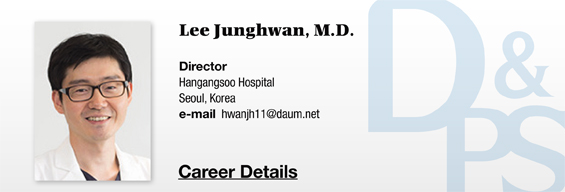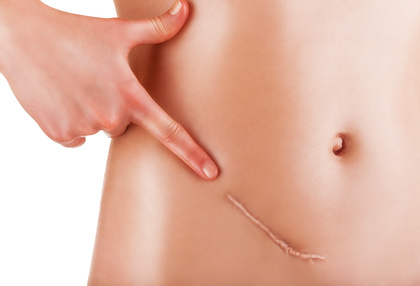

As we already discussed in the July issue article, generally three Lasers have been used in scar removal(Table 1).
.png)
Table 1. Types of Laser used in scar removal.
Based on recent research, the fractional Laser is more efficacious in tattoo removal compared to other Laser devices such as PDL or Q-switched Nd YAG. Ablative fractional Lasers (AFLs) were also found to be more effective than NAFLs(non-ablative fractional Lasers) in hypertrophic or contracture scars.
AFLs improve the scar itself as well as related symptoms. Most of the patients treated with AFLs reported reduced pain and pruritus and increased mobility within a few days or weeks of treatment. In general, dyspigmentation improved quickly and texture and mobility improved gradually.
Understanding the scar characteristics(as shown in <Table 2>) is the first step to selecting the right Laser.
.png)
Table 2. Selecting the right Laser for scar removal.
The most important determinant for Laser selection in burn wounds and traumatic scars is the presence of dyschromia and scar thickness(scar type).
[Advertisement] PICOCARE - Manufacturer: WONTECH(www.wtlaser.com)
Erythematous Scar
If the scar is reddish in color, vascular Laser such as PDL is primarily considered. Erythematous and hypertrophic scar often develops about a year after trauma. If the erythematous and hypertrophic scar is relatively flat, PDL is used alone. However, if the erythematous and hypertrophic scar is protruding or is accompanied with contracture, PDL is combined with fractional Laser. In most cases, PDL is used at a low fluence with a 1-2 month interval (4.0 to 5.5 J/cm2, 10mm spot size or 7.0 to 8.0 J/cm2, 7-mm spot size, short pulse width of 0.45 or 1.50 milliseconds).
-To be continued













.jpg)






